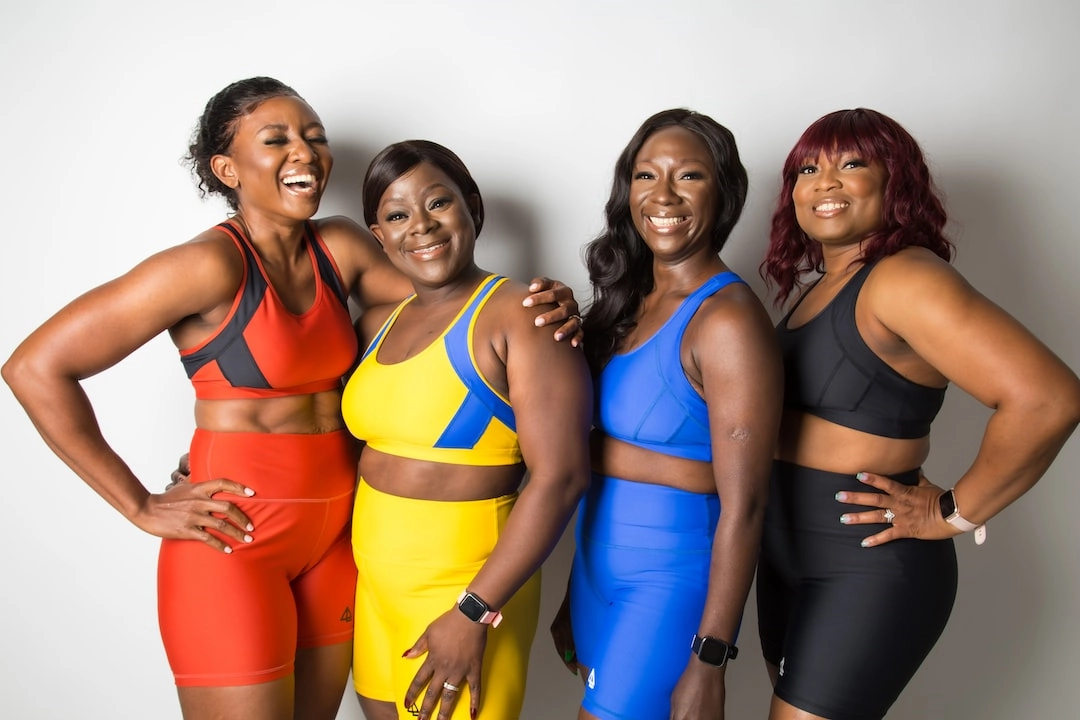
What is Eco-Friendly Sportswear?
Eco-friendly sportswear, also known as sustainable activewear, is a growing trend in the fashion industry that promotes environmentally friendly practices throughout the lifecycle of sportswear garments. From material sourcing and production to distribution and end-of-life disposal, eco-friendly sportswear aims to minimize its impact on the environment while still providing high-quality performance and style.
Real-World Problems Associated with Eco-Friendly Sportswear
Despite the positive strides made in eco-friendly sportswear, there are still significant challenges faced in creating a truly sustainable industry. Some of the real-world problems include:
1. Limited Material Options
Eco-friendly sportswear often relies on alternative materials such as organic cotton, recycled polyester, or bamboo fabric. However, the availability and scale of production for these materials are still limited. This poses a challenge for sports brands looking to offer a wide range of sustainable options to their customers.
2. Cost Considerations
Sustainable manufacturing processes and sourcing materials responsibly can result in higher production costs. This can make eco-friendly sportswear more expensive compared to conventional alternatives. Affordability remains a barrier for many consumers to adopt sustainable activewear.
3. Performance and Durability
A common concern with eco-friendly sportswear is whether it can match the performance and durability of conventional sportswear. While advancements have been made in fabric technology, there is a need for further research and development to ensure that sustainable materials can withstand intense physical activity and last for a long time.
4. Supply Chain Transparency
Another challenge is maintaining transparency throughout the supply chain. Ensuring that every stage of production, from farming and manufacturing to distribution, meets sustainable and ethical standards can be complex. Consumers are increasingly demanding transparency and traceability, which requires brands to invest in robust supply chain management systems.
5. Consumer Awareness and Education
Although the demand for eco-friendly sportswear is growing, there is still a need for increased consumer awareness and education. Many consumers may not be fully aware of the environmental impact of conventional sportswear or the benefits of choosing sustainable alternatives. More efforts are needed to educate consumers and empower them to make informed and sustainable choices.

Solutions for Eco-Friendly Sportswear
1. Innovation in Material Development
Continued research and innovation in sustainable fabric development are crucial. Investing in new technologies and alternative raw materials can expand the range of eco-friendly options available to sportswear brands, ensuring a wider selection for consumers.
2. Collaborations and Partnerships
Collaborations between sportswear brands, material suppliers, and sustainability organizations can accelerate progress. By sharing knowledge, resources, and best practices, these partnerships can foster innovation, address challenges, and drive positive change across the industry.
3. Pricing Strategies
Brands can explore different pricing strategies to make eco-friendly sportswear more affordable. This could include offering a range of price points or implementing initiatives to reduce production costs without compromising sustainability standards.
4. Performance Testing and Improvement
Investing in research and development to enhance the performance and durability of sustainable materials is essential. By ensuring that eco-friendly sportswear meets or exceeds the performance of conventional alternatives, brands can boost consumer confidence and encourage wider adoption.
5. Supply Chain Traceability
Brands should prioritize supply chain transparency and traceability. Implementing robust systems and certifications can help ensure that sustainable practices are followed at every stage of production. Supply chain transparency builds trust with consumers and allows them to make more informed purchasing decisions.
6. Consumer Education and Awareness
Raising awareness about the environmental impact of conventional sportswear and the benefits of choosing eco-friendly alternatives is vital. Brands can play a role in educating consumers through marketing campaigns, informative content, and collaborations with influencers and sustainability advocates.















